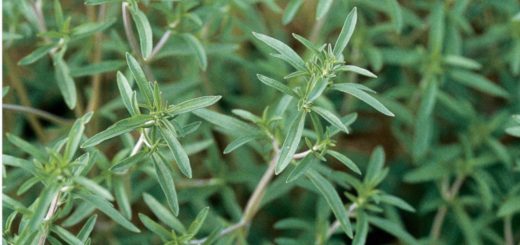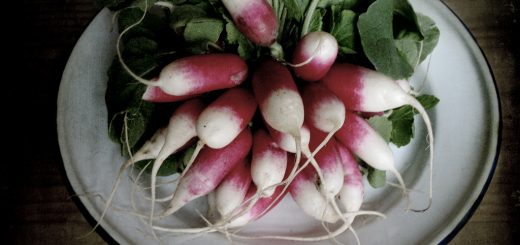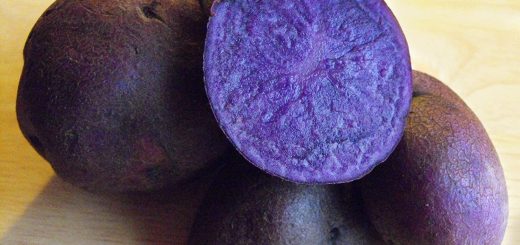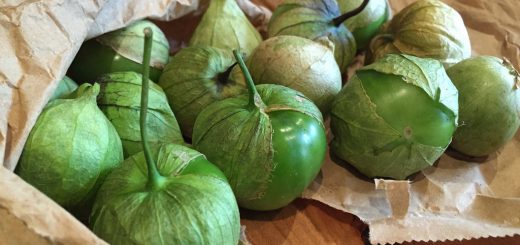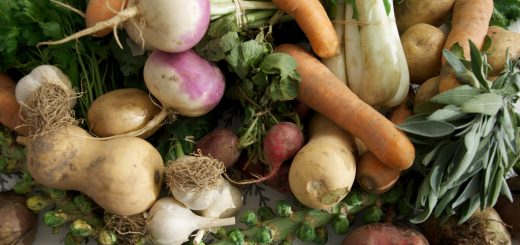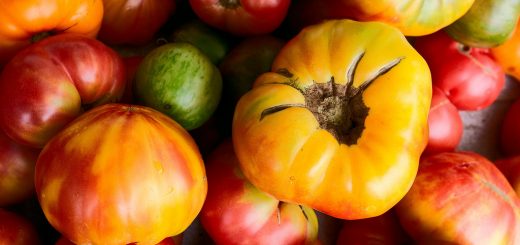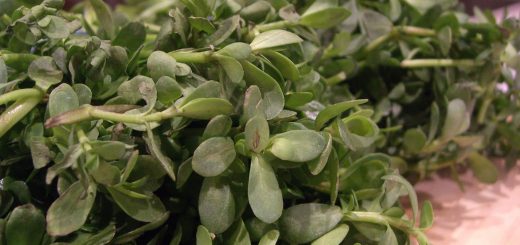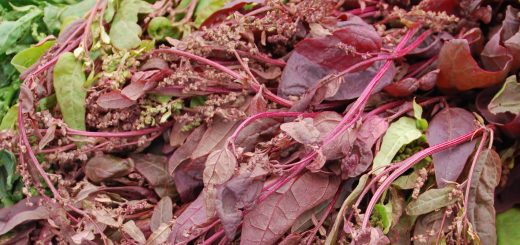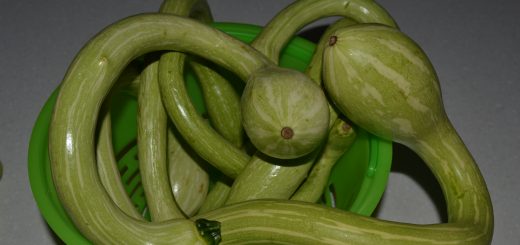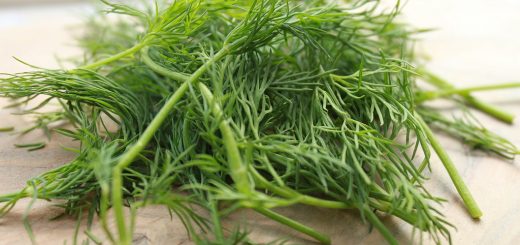Category: Featured Produce
Summer savory is commonly used as a flavoring for soups, stews, and marinades. But it is also known as the “bean herb” because it goes so well with many types of beans, especially green beans or any other type of broad bean. It is also quite tasty in stuffings, with any type of meat or chicken, or sausages. For a different use, try it in scrambled eggs or omelets. Add it to a salad dressing recipe for an aromatic flavor. (more…)
Radishes are the root of a plant closely related to mustard (hence their bite). They come in a variety of sizes, shapes and colors and are generally used as a garnish or salad ingredient because of their mild-to-peppery flavor. When cooked, they have a delicate flavor similar to that of white salad turnips. They can be cooked whole or thinly sliced, steamed with a bit of water (or vegetable stock) and butter. I’ve even seen a recipe for glazed whole radishes with a bit of brown sugar and butter. (more…)
Because of their color, blue potatoes add a unique flair to everyday cuisine. In their native land of South America, they are often used in conjunction with herbs and spices to make salads and potato cakes, or they get sliced up, dried and eaten as they are. (more…)
Tomatillos are also called “tomate verde” in Mexico (which means green tomato) and are considered a staple in Mexican cooking. They are a member of the nightshade family, related to tomatoes. Tomatillos now grow everywhere in the Western Hemisphere and are common in Texas gardens.
Tomatillos can range in size from about an inch in diameter to the size of apricots. They are covered by a papery husk which may range from the pale green or purple color of the fruit itself to a light grocery-bag brown. Before using tomatillos, remove the outer inedible husks, and rinse well, as the fruit is covered in a sticky wax. They are very easy to cook because they don’t need to be peeled or seeded. Their texture is firm when raw, but soften when cooked. (more…)
Now that you have your stock-up share, how do you keep it edible if you don’t want to refrigerate everything? If you don’t have a root cellar, and my guess is few of us have one, can you leave it all in the garage or is it safer in the basement? (more…)
Farmer John loves to experiment with heirloom vegetables and we get to enjoy the results! But what exactly is an “heirloom” vegetable, and how does it differ from a “regular” vegetable? According to Wikipedia, “An heirloom vegetable is a cultivar that was commonly grown during earlier periods in human history, but which is not used in modern large-scale agriculture. Many heirloom vegetables have kept their traits through open pollination, while fruit varieties such as apples have been propagated over the centuries through grafts and cuttings.” (more…)
Purslane is one of those plants that grows unbidden all over, and yet, it is embraced by foodies around the world for its succulent leaves and stems. Originally from India, this fleshy plant resembles baby jade plants. (more…)
Orach, also called mountain spinach and bearing some similarity to spinach, is an interesting heirloom vegetable that you probably won’t find in many grocery stores. The velvety leaves are burgundy on one side and deep green on the other, with bright magenta stems, making it pretty enough to be a houseplant. When cooked, it bleeds pink, tinting surrounding ingredients like rice a reddish bubble gum color. (more…)
This unique heirloom squash from Italy can be either a summer or a winter squash depending on when it is harvested. In late summer tromboncinos are pale green or almost white, and can be treated like a firmer, sweeter zucchini. When harvested late in the season, tromboncinos become more golden and firm like a butternut squash. (more…)
This fragrant herb does more than add its flavor to pickles. Dill can be easily used on fish or chicken. It can be mixed with softened butter to make a flavorful spread, mixed into mashed potatoes, or added to soups. (more…)
